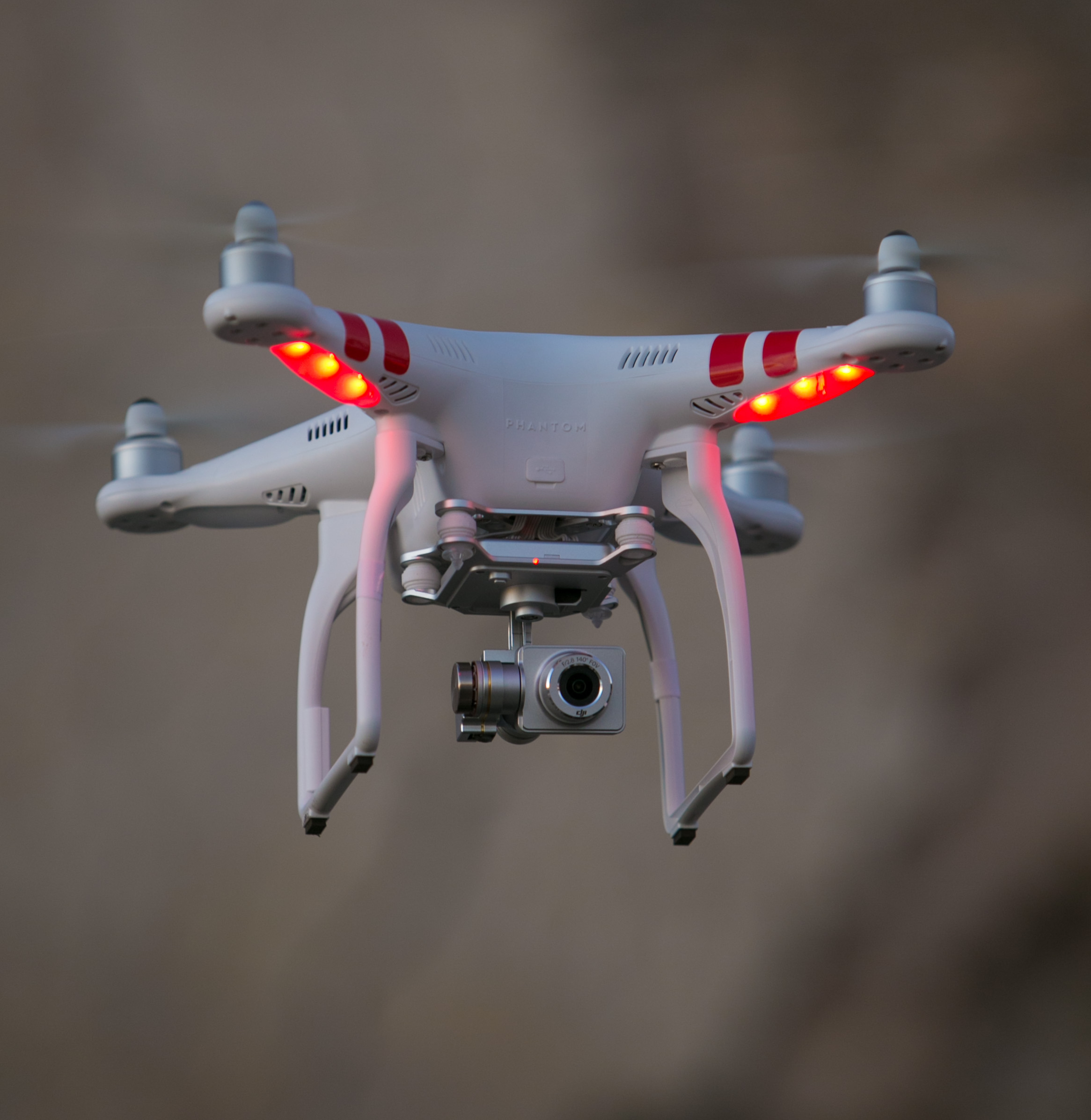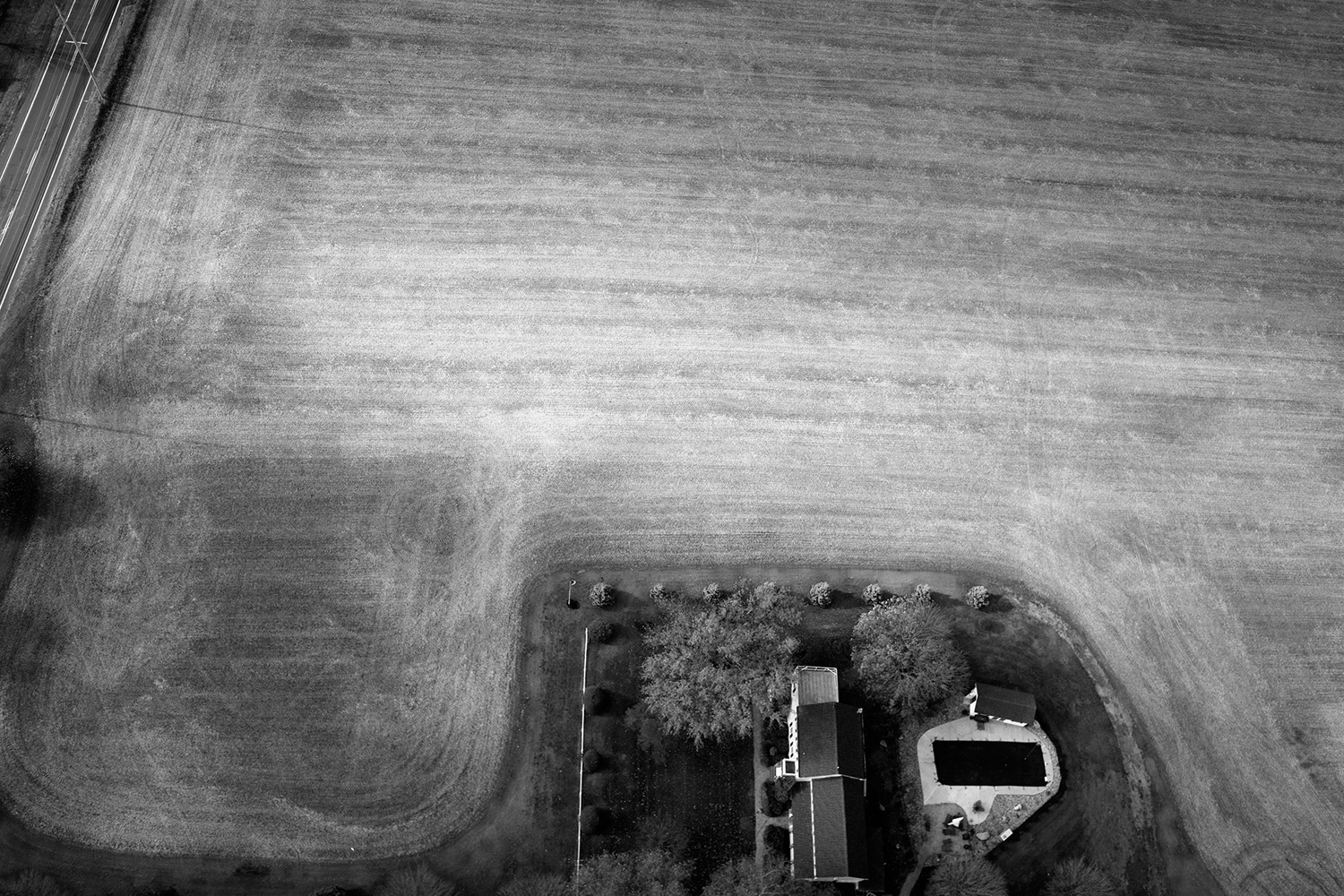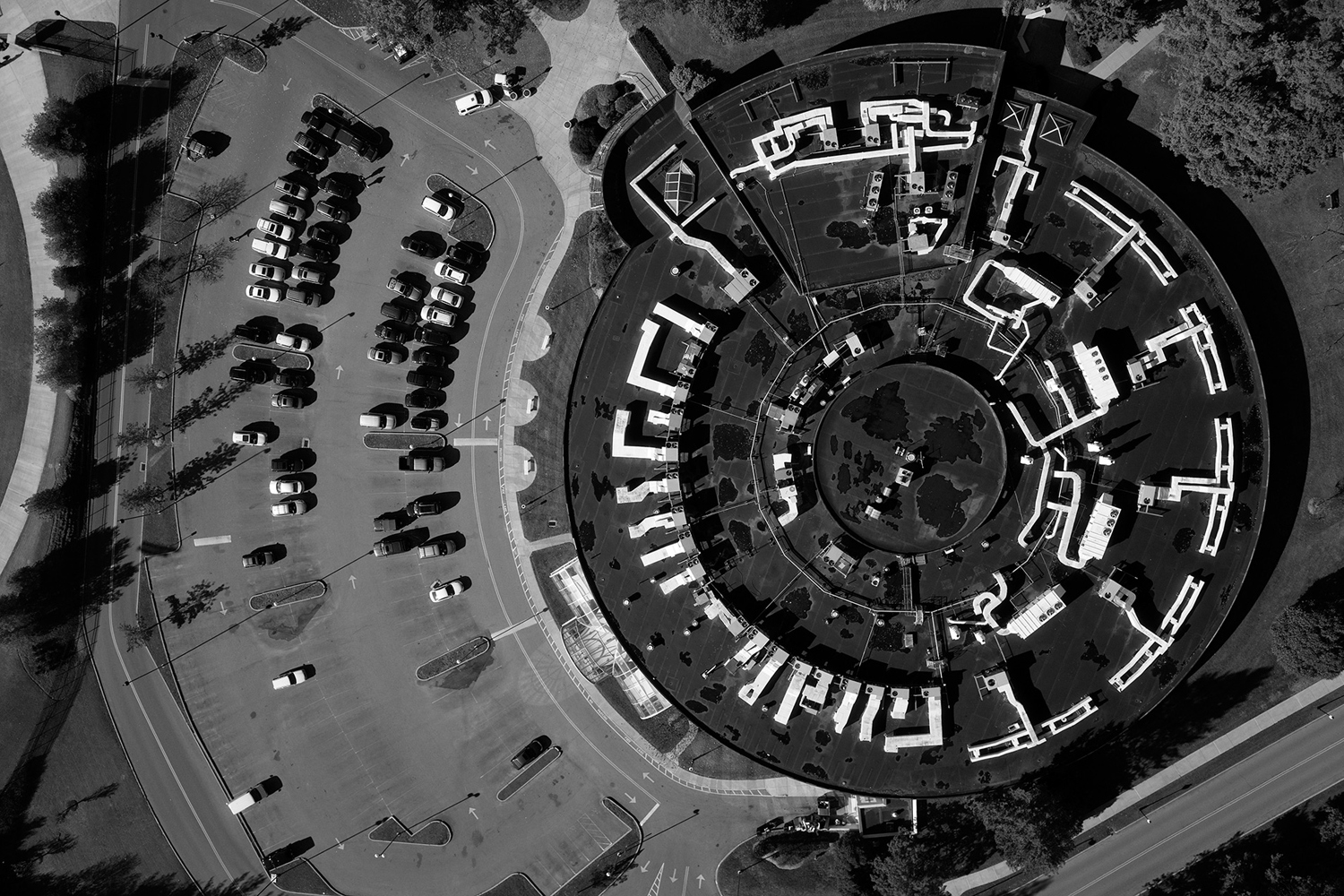
It’s a good bet 2014 will be remembered as the year drones really took off.
I’m not talking about the controversial military kind, but rather the hobbyist-friendly quadcopters you’ve probably seen buzzing over beaches, parks, races and other open-sky areas.
Why the sudden ubiquity of these flying machines? Simple: It’s the cheapest first-class flight you can book, and the views are incredible. Companies like 3DRobotics, DJI, Parrot, and Syma have introduced a wide range of consumer-friendly quads, touting anyone-can-fly simplicity, high-resolution onboard cameras, and impulse-buy prices.
As sales soared like so many drones, YouTube overflowed with spectacular eye-in-the-sky video clips — the kind you’d normally expect to see from big-budget filmmakers with professional helicopter crews. (And when was the last time a helicopter pilot dared to venture inside a fireworks display?) These new toys afford us the freedom to go where birds go, with much of the same exhilarating speed and maneuverability.
For anyone interested in taking to the skies, the only challenge is deciding which drone to buy. Peruse your local or online hobby shop and you’re likely to find dozens of different models on display, with no clear indication of what’s best for different demographics.
Drone Country: See America From Above
















Fortunately, I’ve flown a ton of them this year; here are my recommendations:
For Kids
Let’s see, a fast-moving flying object with sharp, spinning blades — what could possibly go wrong? Um, everything?
Drones are dangerous, no doubt about it, so adult supervision is a must for any young flyer. As for the drone itself, you’ll want something inexpensive, yet sturdy, with blade guards that can protect walls, pets, siblings, and other hazards against less-coordinated pilots.
Parrot’s $100 Rolling Spider is an indoors-friendly (arguably indoors-only) mini-drone with big, removable plastic wheels. Installed, they serve dual functions: protection and, true to its name, rolling. The Spider can “drive” across the floor, up walls, and even along ceilings. Just note that kids will need a smartphone or tablet to fly the drone, snap photos (and only photos — this model doesn’t do video), perform tricks, and so on.
For a more traditional RC experience, look to the outdoor-ready Syma X5C, which comes with a dual-stick controller and offers much better range. It’s a big, fast, sturdy flier, with bright downward-facing LEDs to help track it from below. Plus, it comes with a high-def camera that can shoot video. Perhaps most amazingly, it’s routinely available on Amazon and from hobby stores for around $60.
First-Time Adults
Truth be told, the aforementioned Syma X5C offers a great experience for grown-ups, too: lots of features, forgiving design, and a low enough price tag that it’s not a tragedy if you plow it into a tree. Likewise, check out the Hubsan X4 H107 series, which packs amazing speed and maneuverability into tough, palm-size plastic shells. The higher-end H107C HD sells for around $80 and includes a high-def, front-facing camera.
For something a little more sophisticated, to say nothing of stylish, Parrot’s colorful new Bebop features a 180-degree fisheye camera, automatic flight-stabilization, and built-in GPS that can guide the drone right back to your launch site in case it gets out of range (or sight). Plus, it can fly for about 12 minutes on a charge, versus the typical 7-8 minutes. Parrot’s original AR.Drone pretty much started the quadcopter craze, and this third-generation model proves the company knows how to engineer serious flying fun.
HOBBYISTS
Want to do more than just see what your neighborhood looks like from 100 feet up? You’ll need to take a leap into the hobbyist realm of quadcopters — and the place to start is DJI. The company is to drone enthusiasts what Gibson is to guitar players; its Phantom series is responsible for many, if not most, of the aforementioned YouTube vids (including the fireworks one). If there’s a poster child for drone popularity in 2014, it’s the DJI Phantom.
The company’s latest, the Phantom 2 Vision+, retains the same friendly, non-intimidating white design as the original Phantom FC40, but adds a 25-minute battery and gimbal-stabilized, GoPro-style camera you can actually control from the remote. And not only does it have return-to-home GPS features, you can actually plot out flight paths for it using your tablet. Only the price leaves you feeling grounded: The Vision+ sells for $1,299.
Filmmakers
“Lights! Camera! Drone!” Don’t laugh; that’s exactly what a budding J.J. Abrams might call out the next time he shoots an aerial scene. Unlike camera-equipped airplanes, drones don’t need to fly in a straight line. Unlike helicopters, they can turn on a dime and skate right next to dangerous obstacles.
And thanks to the latest technology, the drone can do some of the heavy lifting, piloting-wise. 3DRobotics’ IRIS+ is the first consumer-oriented drone that can follow — from above! — a target carrying a paired smartphone. So for your next chase scene, you no longer have to worry whether the cameraman got the shot — especially if you’re the cameraman and you’re in the shot. Not bad for a $750 drone with up to 22 minutes of flight time and a gimbal-stabilized camera.
With so many new ways to take the skies and capture what’s up there, we’ve never been closer to wiping out bird-envy. In your face, feathered friends!
More Must-Reads from TIME
- Cybersecurity Experts Are Sounding the Alarm on DOGE
- Meet the 2025 Women of the Year
- The Harsh Truth About Disability Inclusion
- Why Do More Young Adults Have Cancer?
- Colman Domingo Leads With Radical Love
- How to Get Better at Doing Things Alone
- Michelle Zauner Stares Down the Darkness
Contact us at letters@time.com